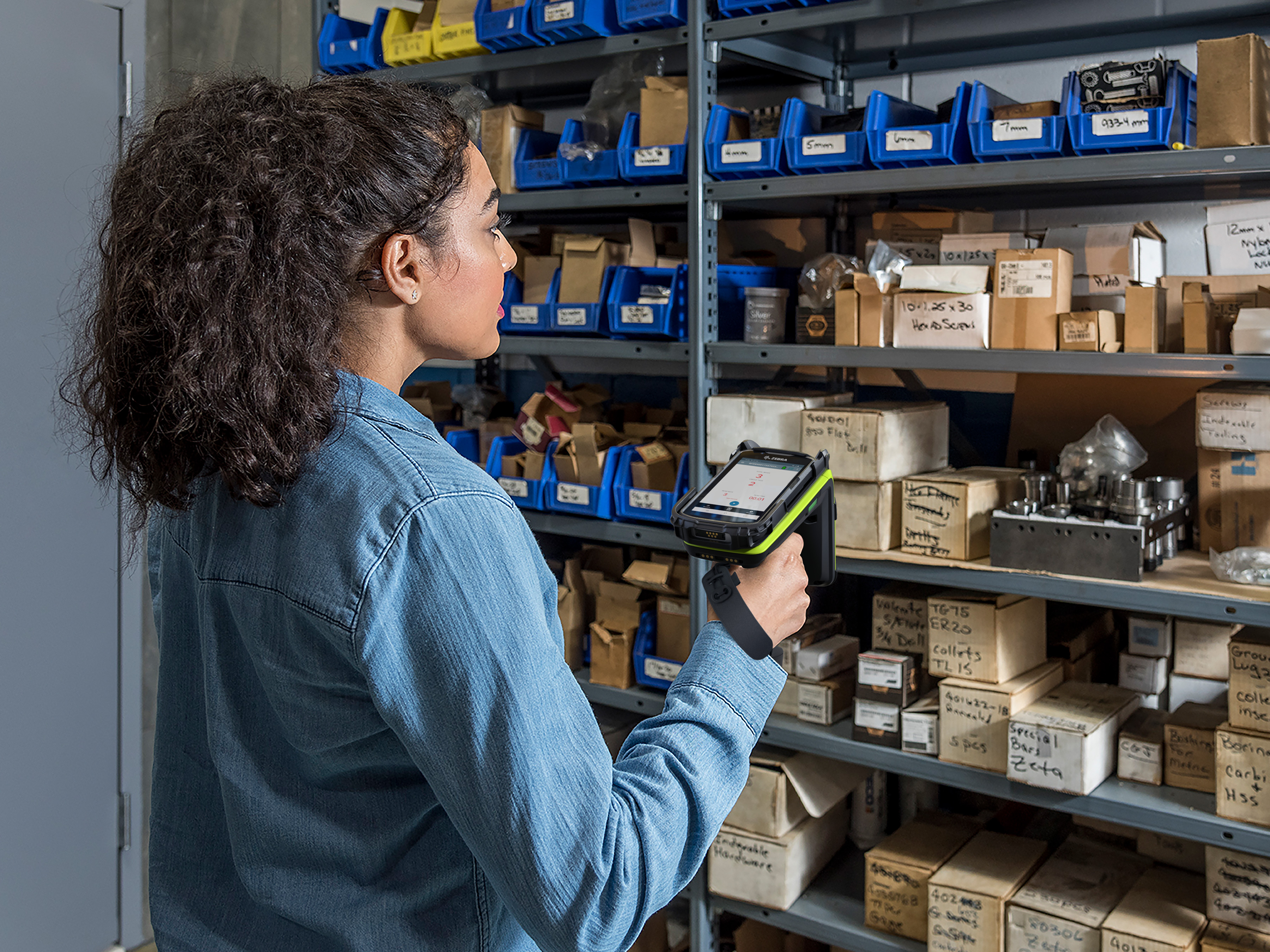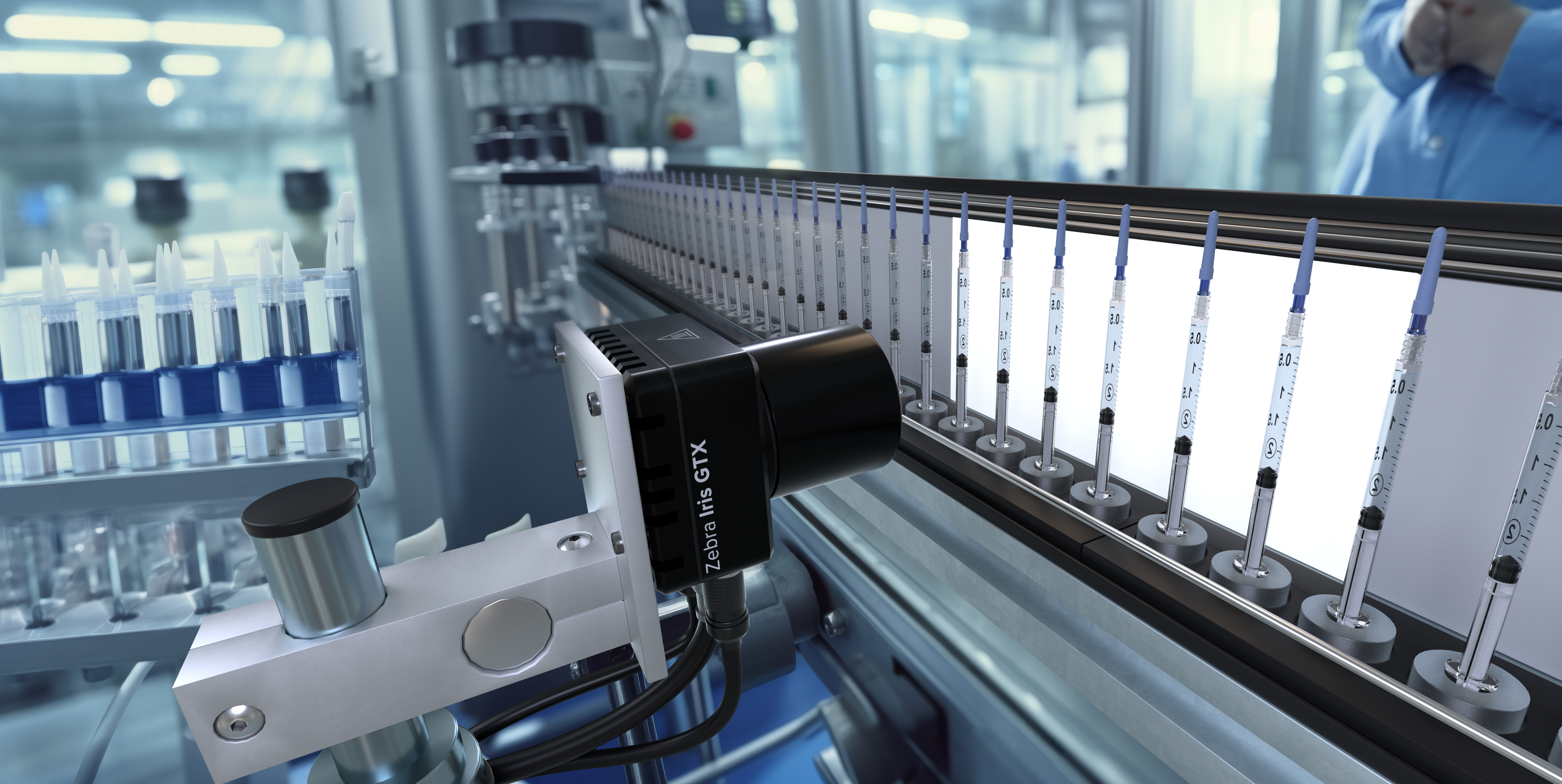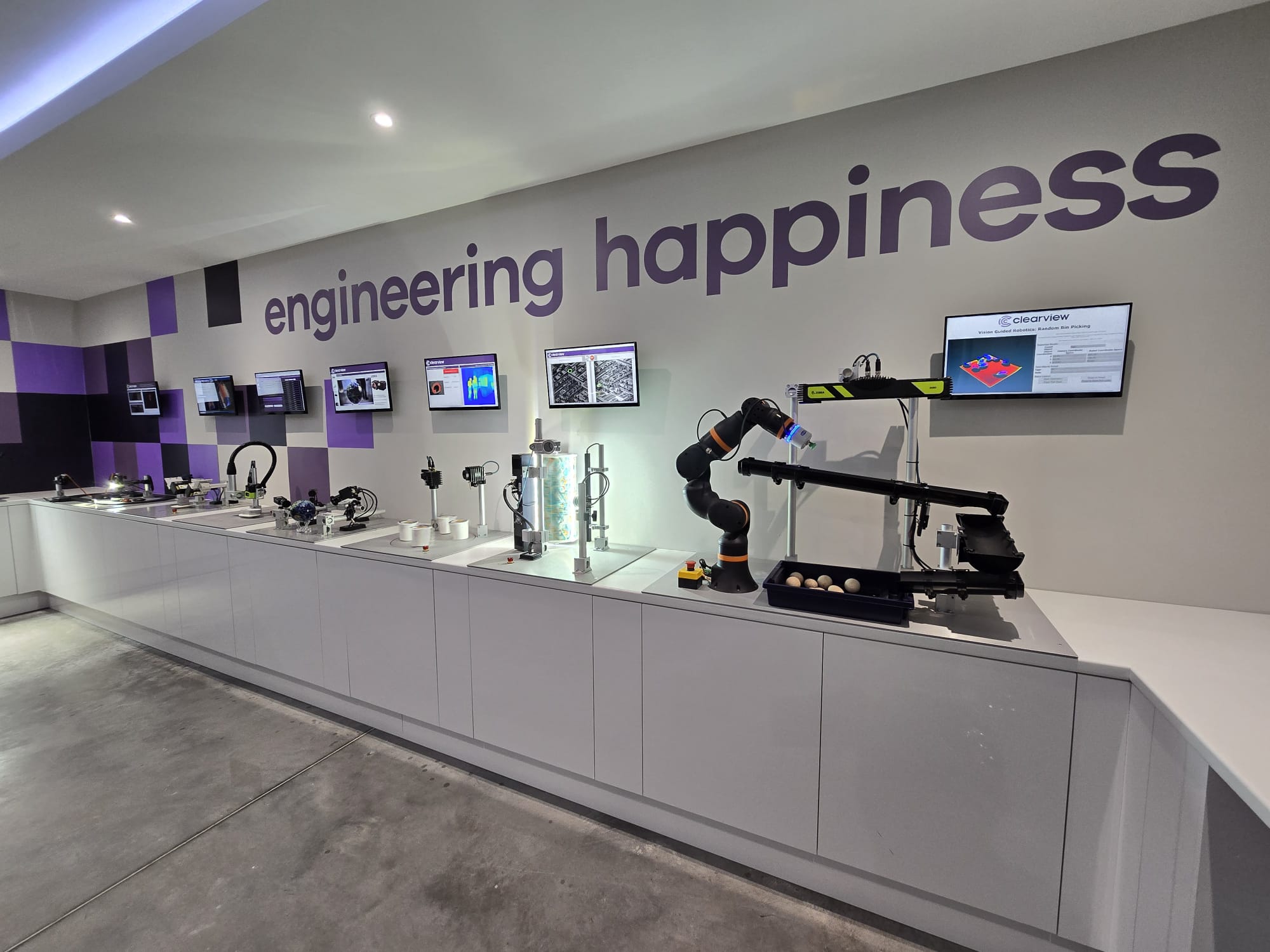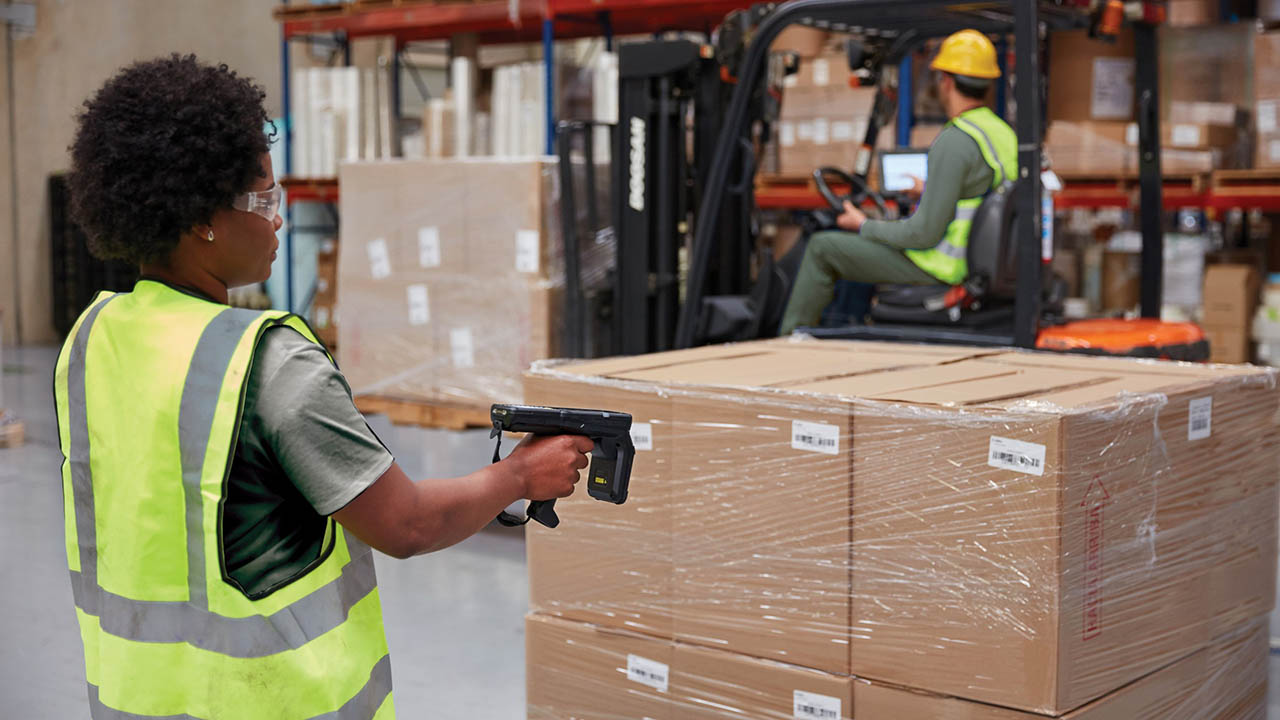Transform retail operations with Zebra’s retail technology solutions, featuring hardware and software for improving inventory management and empowering teams.
Streamline operations with Zebra’s healthcare technology solutions, featuring hardware and software to improve staff collaboration and optimize workflows.
Enhance processes with Zebra’s manufacturing technology solutions, featuring hardware and software for automation, data analysis, and factory connectivity.
Zebra’s transportation and logistics technology solutions feature hardware and software for enhancing route planning, visibility, and automating processes.
Learn how Zebra's public sector technology solutions empower state and local governments to improve efficiency with asset tracking and data capture devices.
Zebra's hospitality technology solutions equip your hotel and restaurant staff to deliver superior customer and guest service through inventory tracking and more.
Zebra's market-leading solutions and products improve customer satisfaction with a lower cost per interaction by keeping service representatives connected with colleagues, customers, management and the tools they use to satisfy customers across the supply chain.
Empower your field workers with purpose-driven mobile technology solutions to help them capture and share critical data in any environment.
Zebra's range of Banking technology solutions enables banks to minimize costs and to increase revenue throughout their branch network. Learn more.
Zebra's range of mobile computers equip your workforce with the devices they need from handhelds and tablets to wearables and vehicle-mounted computers.
Zebra's desktop, mobile, industrial, and portable printers for barcode labels, receipts, RFID tags and cards give you smarter ways to track and manage assets.
Zebra's 1D and 2D corded and cordless barcode scanners anticipate any scanning challenge in a variety of environments, whether retail, healthcare, T&L or manufacturing.
Zebra's extensive range of RAIN RFID readers, antennas, and printers give you consistent and accurate tracking.
Choose Zebra's reliable barcode, RFID and card supplies carefully selected to ensure high performance, print quality, durability and readability.
Zebra's location technologies provide real-time tracking for your organization to better manage and optimize your critical assets and create more efficient workflows.
Zebra's rugged tablets and 2-in-1 laptops are thin and lightweight, yet rugged to work wherever you do on familiar and easy-to-use Windows or Android OS.
With Zebra's family of fixed industrial scanners and machine vision technologies, you can tailor your solutions to your environment and applications.
Zebra’s line of kiosks can meet any self-service or digital signage need, from checking prices and stock on an in-aisle store kiosk to fully-featured kiosks that can be deployed on the wall, counter, desktop or floor in a retail store, hotel, airport check-in gate, physician’s office, local government office and more.
Adapt to market shifts, enhance worker productivity and secure long-term growth with AMRs. Deploy, redeploy and optimize autonomous mobile robots with ease.
Discover Zebra’s range of accessories from chargers, communication cables to cases to help you customize your mobile device for optimal efficiency.
Zebra's environmental sensors monitor temperature-sensitive products, offering data insights on environmental conditions across industry applications.
Enhance frontline operations with Zebra’s AI software solutions, which optimize workflows, streamline processes, and simplify tasks for improved business outcomes.
Zebra Workcloud, enterprise software solutions boost efficiency, cut costs, improve inventory management, simplify communication and optimize resources.
Keep labor costs low, your talent happy and your organization compliant. Create an agile operation that can navigate unexpected schedule changes and customer demand to drive sales, satisfy customers and improve your bottom line.
Drive successful enterprise collaboration with prioritized task notifications and improved communication capabilities for easier team collaboration.
Get full visibility of your inventory and automatically pinpoint leaks across all channels.
Reduce uncertainty when you anticipate market volatility. Predict, plan and stay agile to align inventory with shifting demand.
Drive down costs while driving up employee, security, and network performance with software designed to enhance Zebra's wireless infrastructure and mobile solutions.
Explore Zebra’s printer software to integrate, manage and monitor printers easily, maximizing IT resources and minimizing down time.
Make the most of every stage of your scanning journey from deployment to optimization. Zebra's barcode scanner software lets you keep devices current and adapt them to your business needs for a stronger ROI across the full lifecycle.
RFID development, demonstration and production software and utilities help you build and manage your RFID deployments more efficiently.
RFID development, demonstration and production software and utilities help you build and manage your RFID deployments more efficiently.
Zebra DNA is the industry’s broadest suite of enterprise software that delivers an ideal experience for all during the entire lifetime of every Zebra device.
Advance your digital transformation and execute your strategic plans with the help of the right location and tracking technology.
Boost warehouse and manufacturing operations with Symmetry, an AMR software for fleet management of Autonomous Mobile Robots and streamlined automation workflows.
The Zebra Aurora suite of machine vision software enables users to solve their track-and-trace, vision inspection and industrial automation needs.
Zebra Aurora Focus brings a new level of simplicity to controlling enterprise-wide manufacturing and logistics automation solutions. With this powerful interface, it’s easy to set up, deploy and run Zebra’s Fixed Industrial Scanners and Machine Vision Smart Cameras, eliminating the need for different tools and reducing training and deployment time.
Aurora Imaging Library™, formerly Matrox Imaging Library, machine-vision software development kit (SDK) has a deep collection of tools for image capture, processing, analysis, annotation, display, and archiving. Code-level customization starts here.
Aurora Design Assistant™, formerly Matrox Design Assistant, integrated development environment (IDE) is a flowchart-based platform for building machine vision applications, with templates to speed up development and bring solutions online quicker.
Designed for experienced programmers proficient in vision applications, Aurora Vision Library provides the same sophisticated functionality as our Aurora Vision Studio software but presented in programming language.
Aurora Vision Studio, an image processing software for machine & computer vision engineers, allows quick creation, integration & monitoring of powerful OEM vision applications.
Adding innovative tech is critical to your success, but it can be complex and disruptive. Professional Services help you accelerate adoption, and maximize productivity without affecting your workflows, business processes and finances.
Zebra's Managed Service delivers worry-free device management to ensure ultimate uptime for your Zebra Mobile Computers and Printers via dedicated experts.
Find ways you can contact Zebra Technologies’ Support, including Email and Chat, ask a technical question or initiate a Repair Request.
Zebra's Circular Economy Program helps you manage today’s challenges and plan for tomorrow with smart solutions that are good for your budget and the environment.
The Zebra Knowledge Center provides learning expertise that can be tailored to meet the specific needs of your environment.
Zebra has a wide variety of courses to train you and your staff, ranging from scheduled sessions to remote offerings as well as custom tailored to your specific needs.
Build your reputation with Zebra's certification offerings. Zebra offers a variety of options that can help you progress your career path forward.
Build your reputation with Zebra's certification offerings. Zebra offers a variety of options that can help you progress your career path forward.
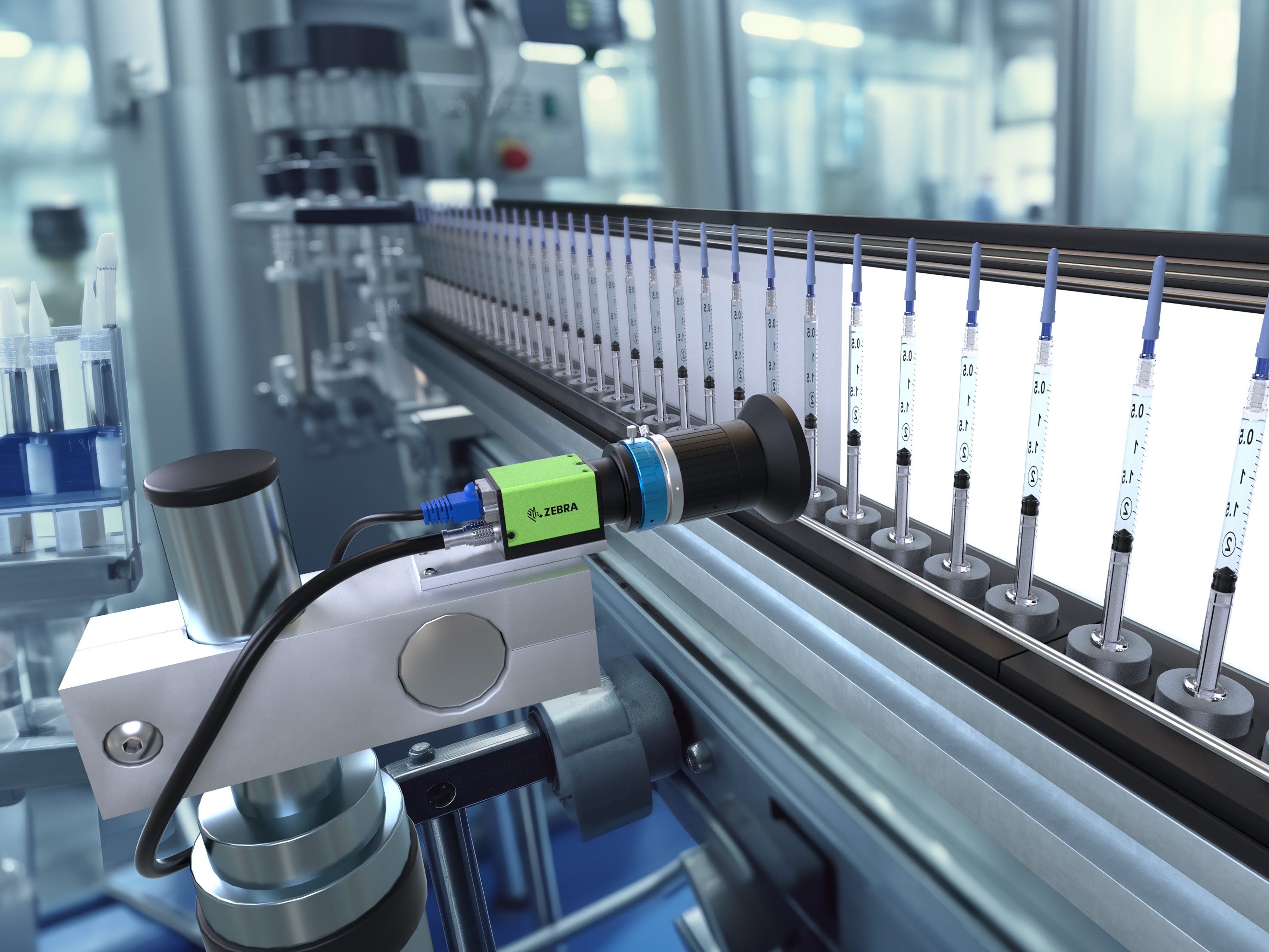
These are the Questions to Ask Every Time You’re Assessing a New Machine Vision Project for a Production or Distribution Environment
If you want to get it right the first time and save money in the process.
If you're assessing a new machine vision project and you want to get it right, there’s only one thing you must do: Ask the right questions.
It’s that simple.
The likelihood of nailing the perfect solution without completing a thorough assessment is low, and the likelihood of completing a thorough assessment is low if you don’t ask the right questions of every consultant, technology provider, and integrator every time. Similarly, if the person (or team) you’ve chosen to build your system doesn’t ask the right questions of you, it’s going to be hard to know what you need your system to do and how to build it.
What are the right questions?
Glad you asked.
I pulled together a list based on my own experience originally and shared on my LinkedIn. Then others who have been designing, building, implementing, using, and managing vision systems for an exceptionally long time came back with their suggestions. So, I have compiled our collective thoughts below. Consider these conversation starters, as several more questions will arise as you start getting answers to these.
First up:
- Why are you even considering machine vision? Is the process manual today? Or do you just want to automate the process in a different way?
Technically, these are questions that a consultant or solution engineer will likely ask you. However, it’s important to ask yourself why you picked up the phone to have this conversation with them. What’s not working as well as you feel it could be within your operation? What problems are you running into?
Once everyone understands the big picture objective, then you need to ask (or answer) these questions:
- What’s the scale of your production or distribution environment? Are we talking a huge factory or one part of a production environment? Understanding production volume, speed, and the complexity of the task will help determine whether a simple or advanced machine vision solution is needed.
Next: Think about what you need the system to do.
- Will you be inspecting for surface defects, verifying product features, or guiding robots? Different applications require different levels of sophistication in terms of hardware and software.
- If used for inspection or verification, what will the system be looking at*?
- If it’s a product that needs full 360-degree inspection, what is it? (i.e., cans, bags, blister packs, bottles, boxes, pouches, trays ...)
- If you need to look at something else, what is it and why is it important? (i.e., a label, fill line, the packaging seal, part placement, packaging or text color, etc.)
*Ideally, someone should be asking for or offering up a drawing with the dimensions, color, details, etc. If that doesn’t exist, you will need to provide that information to be able to understand exactly what needs to be inspected and where the vision system will need to be looking at each inspection point.
Once you know what needs to be inspected, think about why you believe it’s best to use machine vision for this task. What can machine vision do better than a person? What will the vision system need to be able to do to for it to be deemed valuable or effective by you or whoever in your organization is judging its impact?
These questions are best answered by asking questions such as these three:
- Which defects are critical to detect?
- What are the acceptable tolerances?
- Any specific compliance requirements?
You must also consider what might challenge the performance and value of your machine vision system.
- What are the lighting and environmental conditions? The success of machine vision systems depends heavily on lighting.
- Will there be any glare?
- Are there reflective surfaces?
- Is illumination inconsistent throughout the facility or between different facilities if you’re considering a multi-site implementation?
- How well does the system integrate with existing automation and IT infrastructure? (Flexibility, scalability, and integration hurdles could impact your selection of vendors and/or components.)
- What is the maintenance and support structure for this solution? This will impact your long-term system performance and cost.
- How frequently will it need to be maintained?
- Who will need to maintain it? Do they need specialized expertise?
- How easy will it be to retrain the model (if deep learning is used)?
- Will technical support be available?
From there, you can start to look at how exactly the system will need to be designed – what types of components you will need to use (i.e., 2D vs. 3D, deep learning OCR, etc.) – based on anticipated challenges or the environment.
- How fast will it be moving (if at all) down a production line or other conveyor belt?
- If there are going to be several products on the line, how much spacing will there be between products?
- What type of conveyor is used (i.e., belt, roller, etc.)?
- Are products going to be relatively stable?
- How are the products going to be oriented?
- Is the product or area of interest going to be consistent in the way its presented when passing by a camera?
- What's the total size of the area it "could" be in?
- Will there be any additional item handling that could affect the presentation?
- In what format should captured data be output for analysis or recording?
- What are the storage and retrieval needs?
- How will the machine vision system integrate with existing systems and processes?
- What type of software will be needed to manage or control the system hardware?
Once you have a better feel for what it will take technically speaking to get the job done, you need to think about who will need to be involved in this project along with who will be impacted by the changes brought forth by this system.
- Do I have to get the full system from one vendor? If not, if I can mix and match components, will I need to manage separate software platforms? Will they be compatible with my existing systems?
- What does the system offer in terms of scalability and future-proofing?
- How much time and interest do production line workers, engineers, or IT teams have to learn, train, and manage the vision system?
- How will my processes need to change to get the most benefit from this technology investment and help people make the right decisions and meet customer and regulatory requirements?
Curious when you’ll know this investment was worth it?
- What are the key metrics or key performance indicators (KPIs) to measure the system’s success? (There’s no universal ‘best’ set of metrics. It all depends on what you’re trying to do better or easier than you can today.)
Once you have a better feel for what it will take technically speaking to get the job done, how you’ll need to get it done, and who will need to help you, then you can you start asking about timeline and budget.
Again: gather the info, first. Confirm the best inspection approach given your goals, requirements, and environment. (Pretend money isn’t a concern.)
Then ask, “Can I afford this?”
If you get sticker shock but don’t want to risk paying more down the line by cheaping out or compromising, ask if you can incrementally build, install, and scale the system.
Government agencies do this all the time, especially with Agile projects. They “phase” them so they can start building and installing the system immediately and don’t have to wait until a new fiscal year for the money to be available for the entire project. They do what they can afford now then scope out the next steps or scale more as each new task order gets funded. There’s no reason you couldn’t do the same with your machine vision project.
If the total project cost is just never going to be approved, if it’s just too much according to someone in your organization, then ask for help reframing the cost-benefit analysis. What are the risks versus rewards of what others want versus what you know is best? Ask them questions such as:.
- What could go wrong if we don’t build this system the right way the first time?
- What are your tolerances if something slips through inspection and this becomes a safety, compliance, and/or PR nightmare?
- Where else could we pull money in to do this right?
Be prepared to answer these questions if you’re on the receiving end of them, as they’re valid questions. They also help paint the picture of what’s really at stake if you don’t approach inspection or your machine vision system build the right way.
But that’s just my opinion.
What’s yours? What else would you add to this question list? Join the LinkedIn conversation here or send me a message.
Zebra Developer Blog
Zebra Developer BlogZebra Developer Blog
Are you a Zebra Developer? Find more technical discussions on our Developer Portal blog.
Zebra Story Hub
Zebra Story HubZebra Story Hub
Looking for more expert insights? Visit the Zebra Story Hub for more interviews, news, and industry trend analysis.
Search the Blog
Search the BlogSearch the Blog
Use the below link to search all of our blog posts.
Most Recent
Legal Terms of Use Privacy Policy Supply Chain Transparency
ZEBRA and the stylized Zebra head are trademarks of Zebra Technologies Corp., registered in many jurisdictions worldwide. All other trademarks are the property of their respective owners. ©2025 Zebra Technologies Corp. and/or its affiliates.

